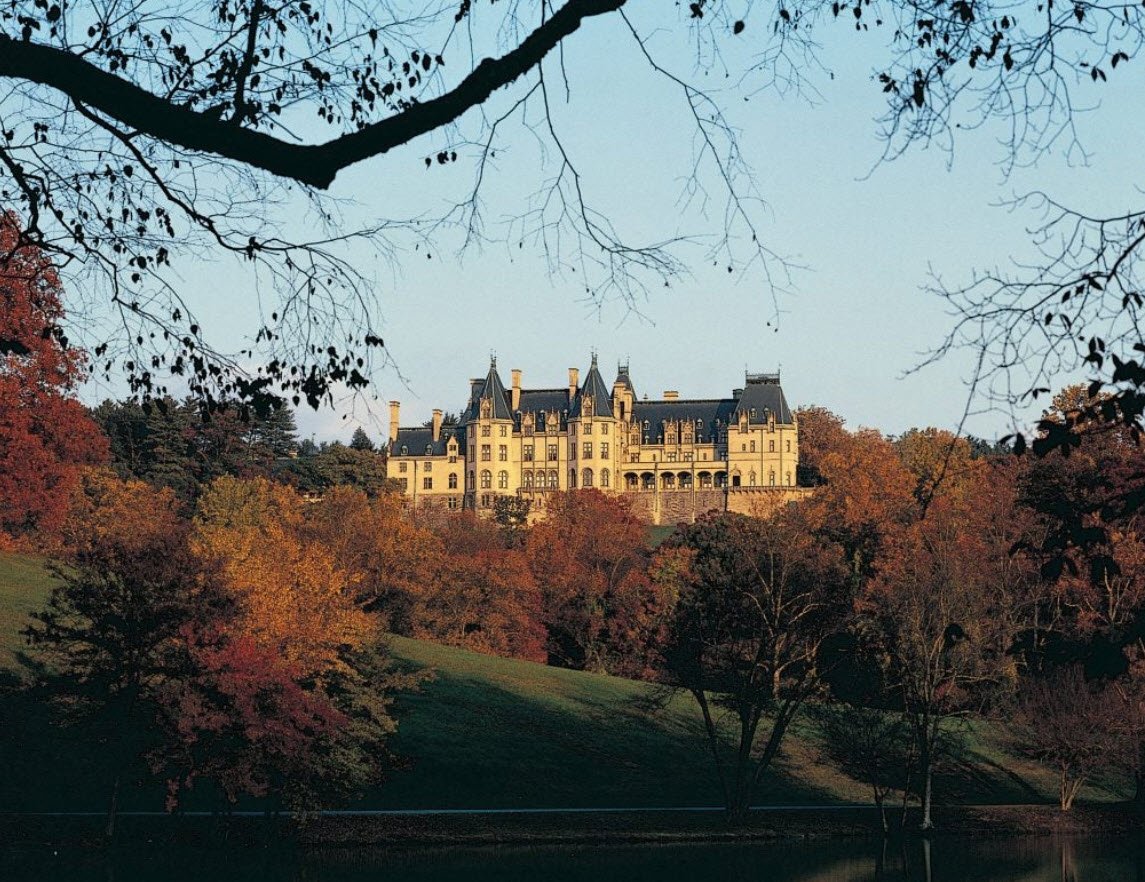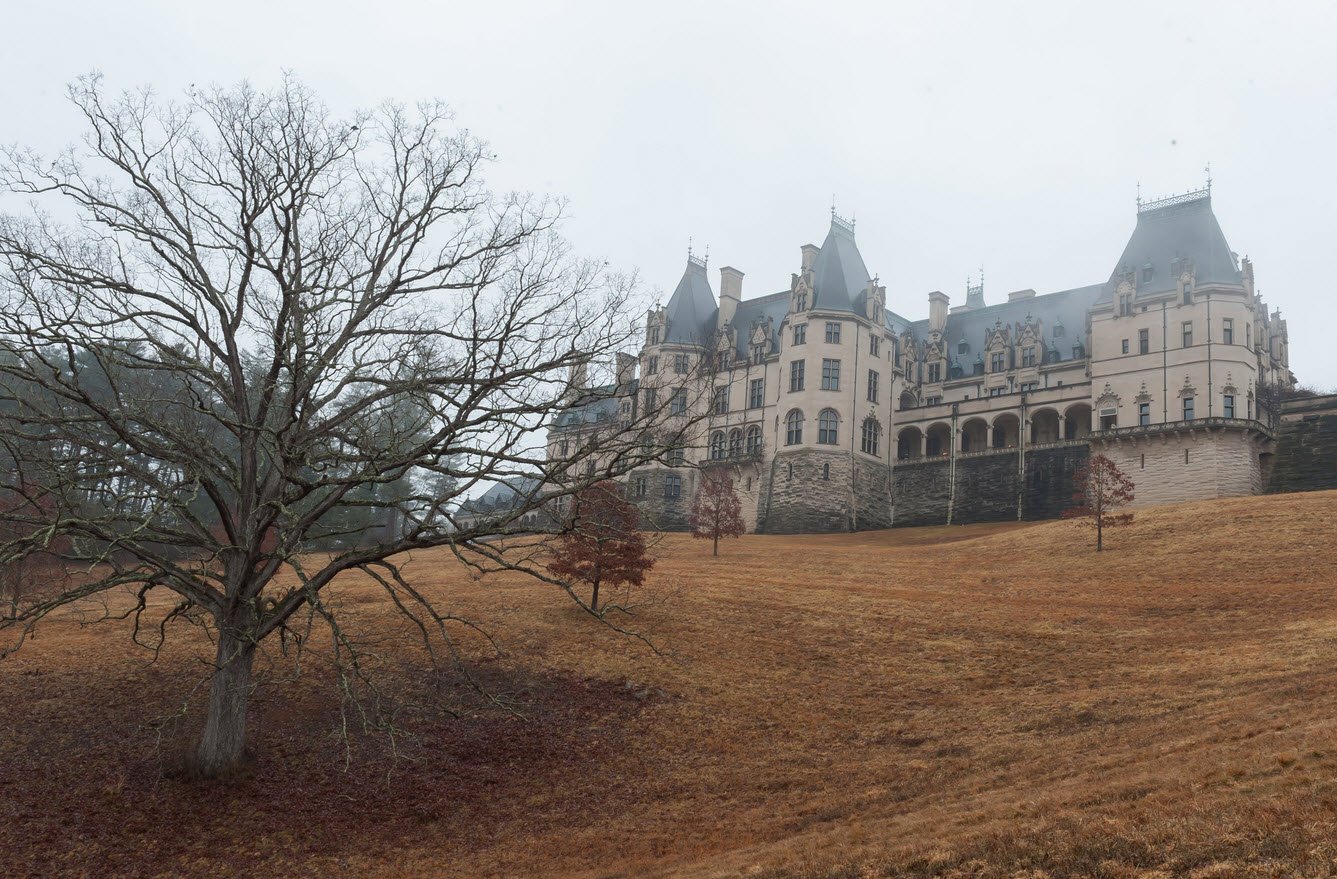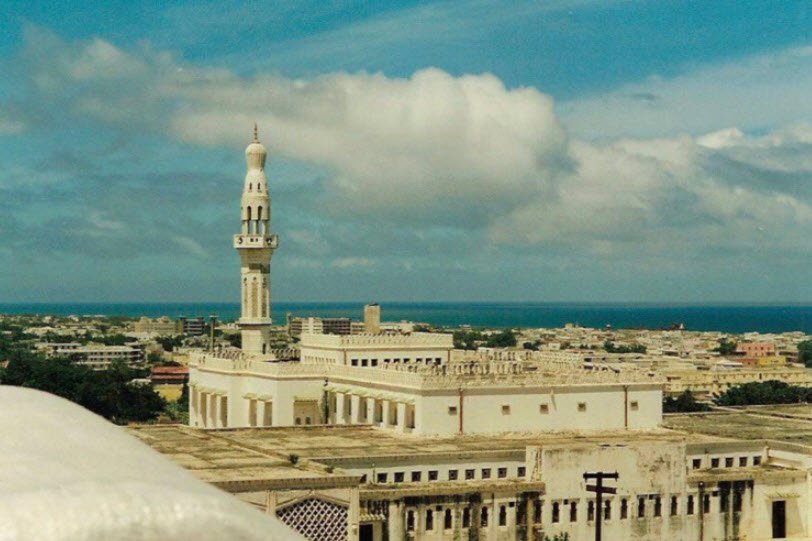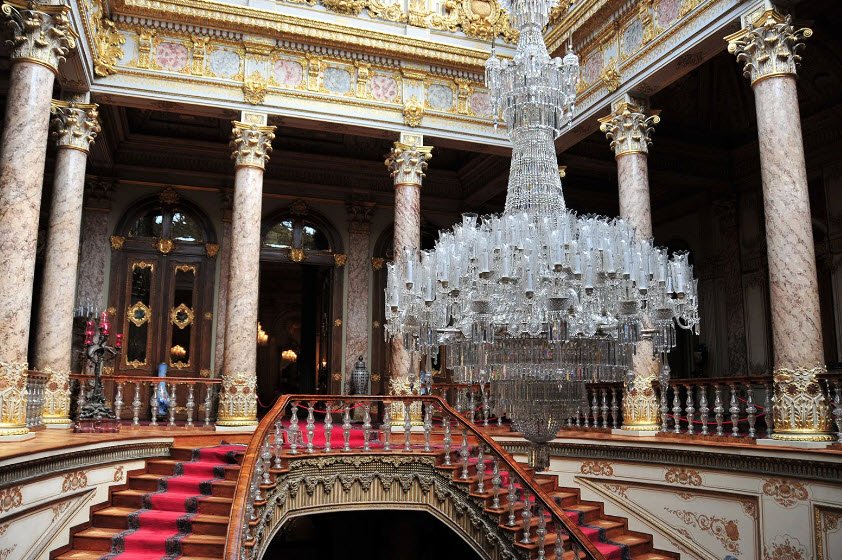Biltmore Estate
Asheville, NC, United States
Nestled in the scenic Blue Ridge Mountains of Asheville, North Carolina, the Biltmore Estate is a striking symbol of America’s Gilded Age - a time when industrial magnates amassed vast fortunes and built architectural marvels to showcase their wealth. Spanning over 8,000 acres, the Biltmore Estate is the largest privately-owned home in the United States and offers an extraordinary blend of history, architecture, horticulture, and hospitality.
The Biltmore Estate was the brainchild of George Washington Vanderbilt II, the youngest son of William Henry Vanderbilt, heir to the fortune built by Cornelius Vanderbilt in shipping and railroads. George fell in love with the natural beauty of Asheville during visits to the area in the late 1880s. Inspired by the lush landscape and the dream of creating a self-sustaining estate, he purchased 125,000 acres of land and began constructing a French Renaissance chateau that would become his country retreat.
Construction began in 1889 and took six years to complete. The house officially opened on Christmas Eve, 1895. Designed by renowned architect Richard Morris Hunt, and landscaped by Frederick Law Olmsted—the same mastermind behind New York’s Central Park—Biltmore House was a marvel of innovation and artistry.
The Biltmore House covers over 175,000 square feet and boasts 250 rooms, including 35 bedrooms, 43 bathrooms, and 65 fireplaces. Inspired by the grand châteaux of the Loire Valley in France, the mansion features steeply pitched roofs, elaborate stonework, turrets, and ornate gargoyles. Inside, visitors find luxurious interiors with a blend of European styles, original art, antique furnishings, and innovative technology that was ahead of its time.
Among the most notable rooms is the Banquet Hall, with a 70-foot-high ceiling and a table that can seat up to 64 guests. A massive pipe organ dominates one end of the room, while Flemish tapestries and a grand fireplace add to the regal ambiance. The Library houses more than 10,000 volumes from George Vanderbilt’s personal collection and is a testament to his love for literature.
The Basement contains several surprises, including a bowling alley, indoor swimming pool, and a gymnasium — all rare amenities for the era. The house was also equipped with elevators, central heating, and an intercom system, showcasing Vanderbilt’s embrace of modern technology.
Frederick Law Olmsted’s landscape design for the estate is as impressive as the mansion itself. He envisioned a combination of formal gardens, pastoral landscapes, and managed forests, creating an immersive natural experience.
The Italian Garden features classical statues and reflecting pools filled with lilies and koi. The Walled Garden blooms seasonally with tulips, chrysanthemums, and roses, offering a dazzling display of color throughout the year. The Azalea Garden, one of the largest in the country, becomes a vibrant canvas in spring. The estate also includes a Conservatory, a Victorian-style glasshouse filled with tropical and desert plants, orchids, and ferns.
Beyond the formal gardens, miles of walking and biking trails wind through woodlands, fields, and along the French Broad River, offering stunning views and opportunities to explore nature.
In the 1980s, the Biltmore Estate diversified its offerings by opening the Biltmore Winery, located in the former dairy barn. It has since become the most visited winery in the United States. Guests can enjoy complimentary tastings of award-winning wines, take guided tours of the winemaking process, or enjoy curated experiences like wine and chocolate pairings.
The estate’s vineyard spans 50 acres and produces a variety of grapes including Chardonnay, Riesling, Cabernet Sauvignon, and Merlot. The wines reflect the elegance and craftsmanship associated with the Biltmore brand.
Adjacent to the winery is Antler Hill Village, a family-friendly area featuring restaurants, shops, a farmyard, and live entertainment. It offers a glimpse into the working side of the estate, with exhibits on the lives of estate workers and the agricultural practices that sustained the estate for decades.
For outdoor enthusiasts, the estate offers activities such as horseback riding, fly fishing, kayaking, and Land Rover off-road driving experiences. Whether you’re exploring the estate on foot, by bike, or on horseback, the stunning mountain vistas and well-maintained trails make every outing memorable.
Though originally spanning 125,000 acres, the estate today covers about 8,000 acres, much of which is managed through sustainable forestry practices. George Vanderbilt was a pioneer of scientific forestry, and that legacy continues today with environmental stewardship programs that preserve the land, wildlife, and natural beauty of the area.
The Biltmore Company, still privately owned by Vanderbilt descendants, continues to operate the estate with a balance of historical preservation and modern tourism. Revenue from tours, accommodations, and products like Biltmore Wines and home furnishings support the ongoing maintenance and conservation of the estate.
Open year-round, the Biltmore Estate attracts over 1 million visitors annually. Ticketed entry includes access to the house, gardens, and Antler Hill Village, with seasonal events such as Biltmore Blooms in spring, Summer Concert Series, Fall at Biltmore, and the Christmas at Biltmore celebration, where the house is decked in stunning holiday décor.
Guests can extend their visit by staying at one of the estate’s luxury accommodations: The Inn on Biltmore Estate, Village Hotel, or Cottage on Biltmore Estate. Each offers unique amenities and proximity to the estate’s various attractions.
The Biltmore Estate stands as a testament to the grandeur, ingenuity, and vision of America’s Gilded Age. More than just a mansion, it is a living museum of art, architecture, and landscape design.
For more information, please visit biltmore.com.
Gallery
Location
Asheville, NC 28803, United States
Best Time To Visit
Frequently Asked Questions
Biltmore Estate is located in Asheville, NC, United States.
We list a wide range of destinations, including but not limited to: Beaches, Lakes, Temples, Museums, National Parks, Historical Landmarks, Mountains, Zoos, World Heritage Sites.
Yes, we strive to provide accurate and regularly updated information by researching verified sources, official tourism websites, and local insights.
Absolutely! You can browse places by: Country, Location, Category (e.g., waterfalls, temples, etc.), Popular attractions.
Yes, for many popular destinations, we include travel tips such as: Best time to visit, Entry fees (if any), Nearby attractions, Accessibility and safety information.
Yes, Fabplaces.com is completely free for all users to explore and discover amazing destinations across the globe.
Yes! We welcome suggestions. You can use our Contact Us page to recommend a place we might have missed, and our team will review and add it if appropriate.
You might also like
Voroneț Monastery
Gura Humorului, Suceava County, Romania
Arba’a Rukun Mosque
Mogadishu, Banaadir, Somalia
Ancien Pont
Cotonou Lagoon, Benin
Dolmabahçe Palace
Istanbul, Turkey
 ENG
ENG










